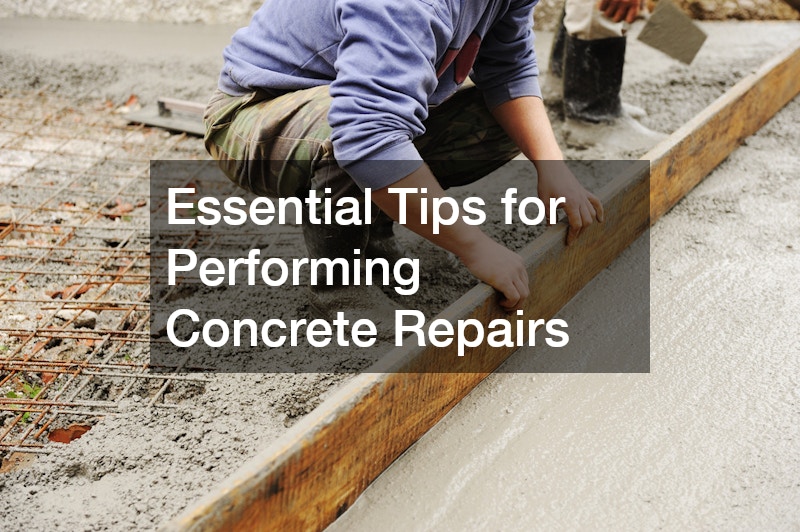Explore the benefits and practicality of adding exterior sun shades to your home, enhancing comfort, energy efficiency, and overall appeal. Exterior sun shades can transform your living spaces by reducing heat gain and glare while offering aesthetic versatility. They are a functional addition to homes, blending seamlessly with various architectural styles.
Furthermore, these shades are available in various materials and designs, providing numerous options to best meet your needs. By understanding how exterior sun shades can benefit your home, you are taking an important step toward improved comfort and energy efficiency.
How Do Exterior Sun Shades Work?
Exterior sun shades function by blocking and reflecting sunlight before it enters your home. Made from specially coated fabrics, these shades reduce heat gain and glare, which in turn helps to maintain a more consistent indoor temperature. By filtering sunlight, they effectively prevent excessive heat from penetrating windows, thus reducing the need for intensive air conditioning. Additionally, exterior sun shades are designed with mesh fabric to allow visibility while maintaining privacy. This technology allows homeowners to enjoy natural light without the adverse effects of direct sunlight.
Sun shades are increasingly popular due to their energy-saving potential. They serve as a passive cooling solution that can significantly lower electricity bills by minimizing the need for air conditioning. According to energy studies, properly installed exterior sun shades can reduce cooling costs by up to 30%. This makes them an appealing option for eco-conscious homeowners aiming to reduce their carbon footprint. Moreover, their versatility in design and function underscores their value as a long-term home improvement investment.
What Are the Benefits of Exterior Sun Shades?
Exterior sun shades offer a multitude of benefits that go beyond mere aesthetics. They enhance the comfort of your home by reducing heat ingress while preserving natural light. This translates to a more pleasant indoor environment, especially during sweltering summer months. In addition to thermal comfort, these shades minimize glare, which is particularly beneficial for rooms with electronic screens. Consequently, sun shades significantly improve the livability of your interior spaces.
Energy efficiency is another major incentive for installing exterior sun shades. By blocking up to 80% of solar heat, they decrease reliance on artificial cooling systems. This reduction in energy use translates into lower utility bills, offering savings that offset the initial investment in sun shades. Furthermore, lowering energy consumption contributes to a reduction in greenhouse gas emissions. This makes exterior sun shades a sustainable choice for eco-conscious homeowners.
How to Choose the Right Exterior Sun Shades?
Selecting the right exterior sun shades involves several important considerations. Firstly, assess the specific needs of your home, such as which rooms receive the most sunlight. Different areas may require varying types or strengths of shading for optimized protection. Secondly, consider the material of the shades, focusing on durability and effectiveness. Mesh fabric is preferred for its strength and balance between visibility and sun protection.
The aesthetic aspect of sun shades cannot be understated. Look for styles and colors that complement your home’s exterior and interior elements. Many manufacturers offer customizable options that allow you to tailor the look and functionality to your tastes. Mindful design choices can enhance curb appeal while also improving indoor aesthetics. The right shade can effectively blend form with function, catering to both practical and artistic needs.
What Maintenance Do Exterior Sun Shades Require?
Regular maintenance of exterior sun shades ensures their longevity and effectiveness. These shades often require simple cleaning with mild soap and water to remove dust and debris. Depending on the climate and environmental conditions, they may need more frequent attention to prevent mold or mildew. Keeping the shades in top condition will ensure both aesthetic appeal and energy-saving benefits.
Some sun shades are designed to be low maintenance, featuring materials that resist fading and staining. The choice of durable fabrics can reduce the frequency of cleaning and maintenance. It’s important to follow the manufacturer’s instructions closely to preserve the integrity of the materials. Proper storage during off-seasons can also extend their lifespan. With adequate maintenance, exterior sun shades can continue to serve your home effectively for years.
Are There Any Drawbacks to Exterior Sun Shades?
While exterior sun shades offer numerous benefits, there are also potential drawbacks to consider. Initial costs can be a barrier for some homeowners, especially when opting for high-quality, custom designs. Additionally, professional installation may increase expenses, comprising a sizable part of the initial investment. Nevertheless, long-term energy savings can help offset these upfront costs over time. Evaluating these financial factors is crucial in making an informed purchase decision.
Another potential drawback of exterior sun shades is their interaction with natural light. Some homeowners may find that their interior spaces become too dim, necessitating the use of artificial lighting. This could slightly offset energy savings gained from reduced cooling requirements. Thus, choosing adjustable or retractable shades can give homeowners more control over the level of shading and light. By optimizing the balance between shade and sunlight, you can mitigate this concern.
Conclusion
Wrapping up, exterior sun shades offer numerous benefits that can enhance your home’s efficiency, comfort, and value. These sophisticated additions can reduce energy costs, improve indoor comfort, and increase aesthetic appeal. While there are certain challenges associated with installation and maintenance, the advantages usually outweigh the disadvantages. By selecting the right type of sun shade for your specific needs, you can optimize both function and aesthetics. In doing so, you contribute to an improved quality of life while making a thoughtful investment in your property.
.




